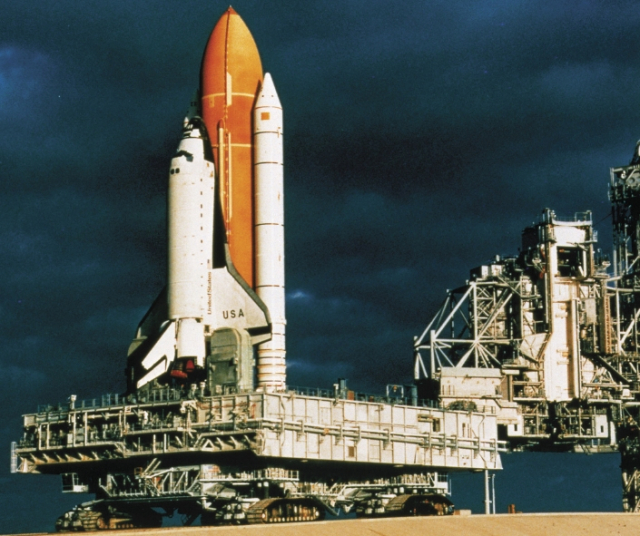NASA, acronym in English for National Aeronautics and Space Administration (National Aeronautics and Space Administration), is a United States government agency responsible for space research and exploration. Since its founding in 1958, NASA has played a critical role in advancing science, technology, and space exploration.
The Beginnings of NASA
The creation of NASA was a result of the growing interest and competition between the United States and the Soviet Union during the Cold War. On July 29, 1958, President Dwight D. Eisenhower signed the NASA Act, merging the previous space agency, NACA ( National Advisory Committee for Aeronautics ), with other existing military and scientific space programs. NASA's mission was to lead space research and exploration, as well as foster the development of aerospace technologies.
Initial Projects: The Mercury Program
One of NASA's first flagship projects was the Mercury Program, whose goal was to send astronauts into space and orbit the Earth. On May 5, 1961, astronaut Alan Shepard became the first American to travel to space aboard the Freedom 7 spacecraft. This historic milestone was followed by a series of successful human spaceflights, including the flight of John Glenn , who became the first American to orbit the Earth in 1962.
The Space Race and the Apollo Program
The space race between the United States and the Soviet Union reached its peak with the NASA Apollo Program. The main goal of the Apollo Program was to send astronauts to the Moon and achieve a successful moon landing. On July 20, 1969, the Apollo 11 lunar module touched down on the lunar surface, and astronaut Neil Armstrong became the first human to walk on the Moon, uttering the famous phrase, "It's one small step for man." , but a great leap for humanity".
Over the next few years, astronauts in the Apollo Program carried out additional missions to the Moon, collecting scientific data and conducting experiments. In all, six successful moon landings were made through 1972, with a total of twelve astronauts walking on the lunar surface. These missions represented a major milestone in space exploration and demonstrated NASA's ingenuity and determination to achieve ambitious goals.
The Space Shuttle and the International Space Station
In the 1980s, NASA introduced the Space Shuttle Program, a fleet of reusable spacecraft designed to transport astronauts and cargo to and from space. Space shuttles, such as Columbia and Discovery , performed numerous missions, including launching satellites, building the Hubble Space Telescope, and conducting scientific experiments in microgravity.
In addition, NASA has played a key role in the creation and maintenance of the International Space Station ( ISS ), a joint project with several international space agencies. The ISS, which began construction in 1998, is an orbiting research platform that has allowed astronauts from different countries to live and work in space for long periods of time. The ISS has been a major achievement of international cooperation and has provided important contributions to space science and research.
Solar System Exploration
In addition to the Moon, NASA has carried out exploration missions throughout the solar system and beyond. The Voyager missions, launched in 1977, have provided invaluable information about the outer planets and their moons, while the Mars Rover missions have explored the red planet and searched for evidence of past or present life. The Cassini-Huygens mission, in collaboration with the European Space Agency, investigated Saturn and its moons, providing impressive images and important scientific data.
NASA has also been working on the development of the Artemis Program, with the goal of bringing the first woman and the next man to the lunar surface by the year 2024. This ambitious program will seek to establish a sustainable presence on the Moon and lay the foundations for future manned missions to Mars and beyond.
As NASA looks to the future, it continues to face exciting challenges and opportunities. The agency is at the forefront of space science and technology research, and its work continues to inspire new generations of scientists, engineers, and astronauts .
With every mission and project, NASA reminds us of the human capacity to explore the unknown and push the boundaries of our knowledge. As we venture beyond our planet, NASA will continue to lead the way, taking us to new horizons and unlocking the secrets of the universe.
